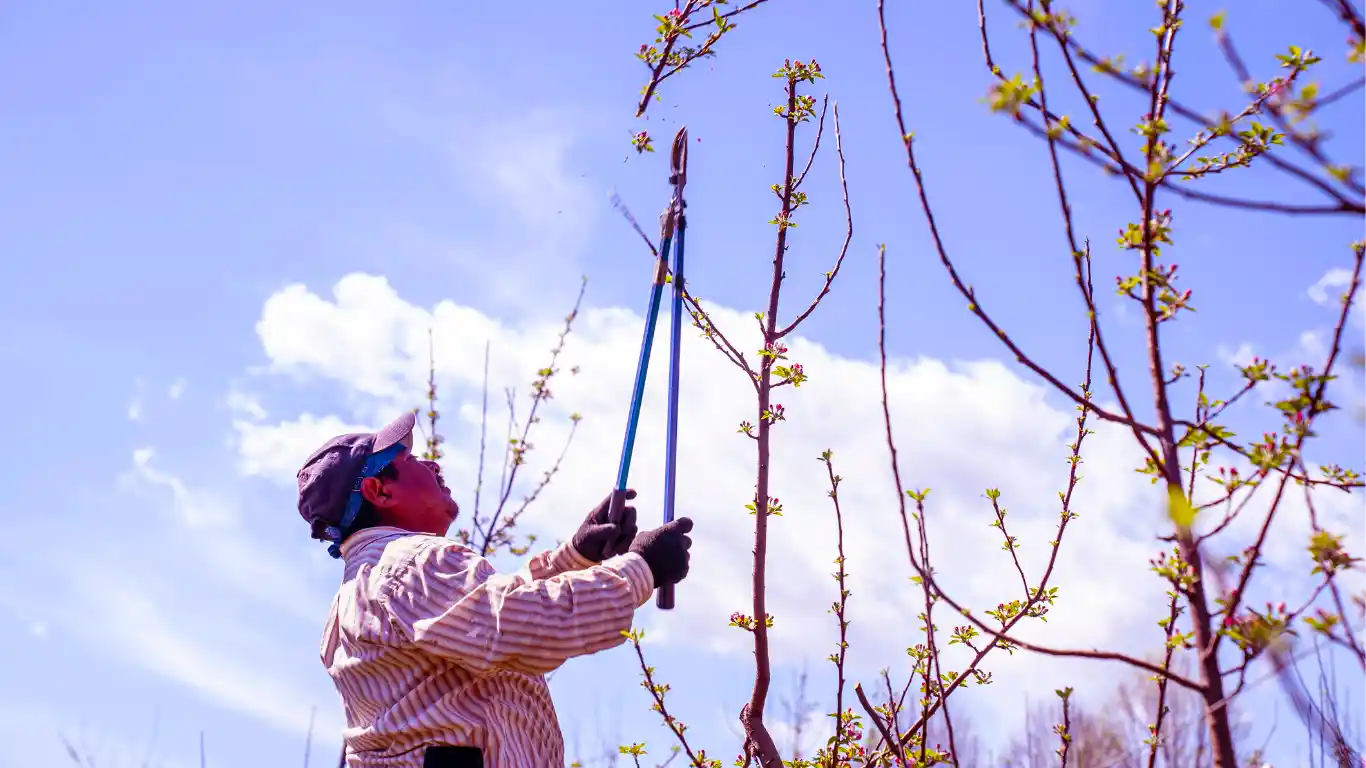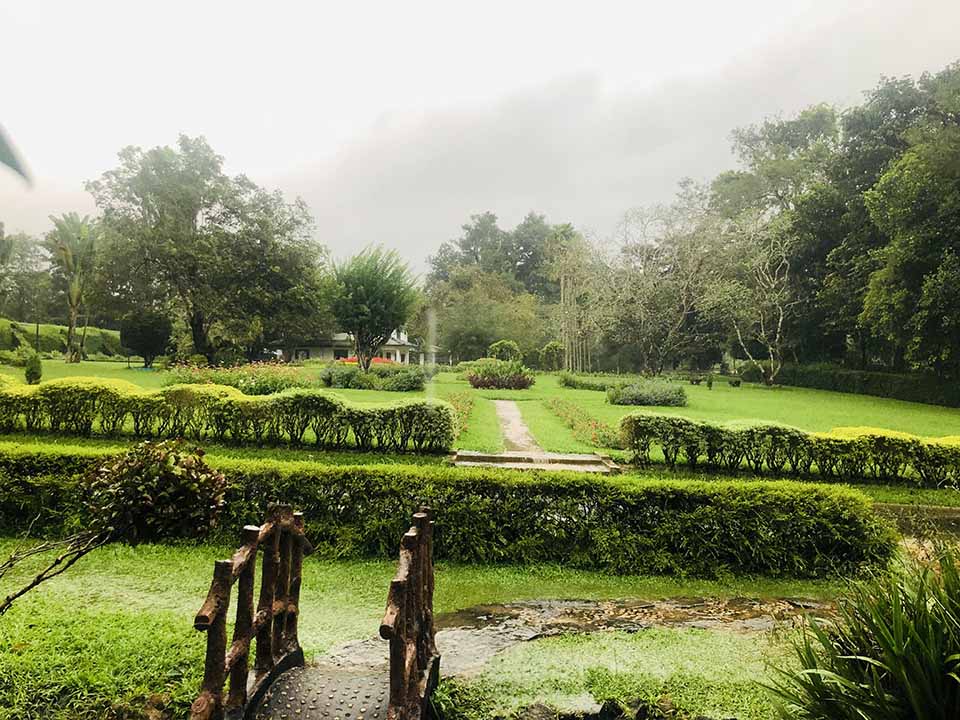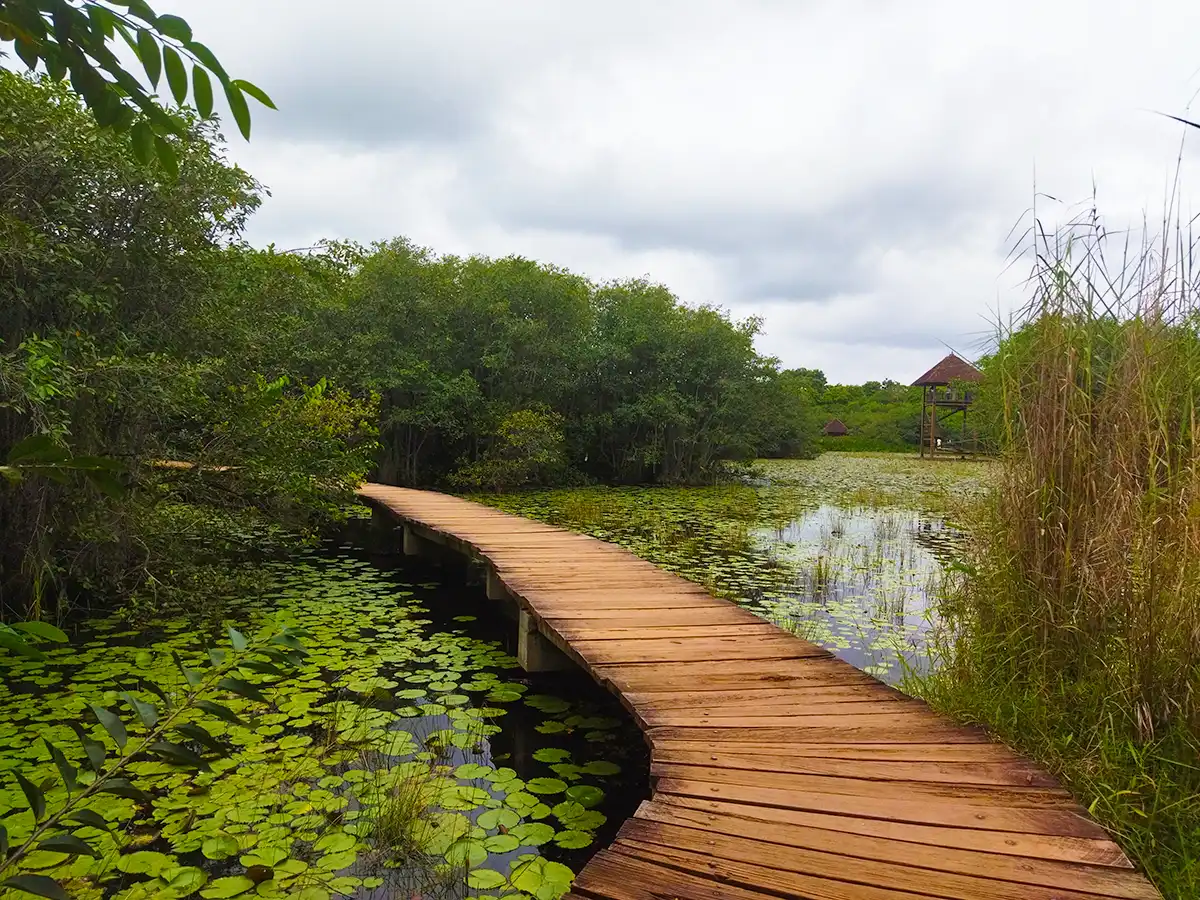This is a wonderful pruning technique. An interesting pruning technique rooted in the ancient art of tree protection is called re-pollarding. This pruning technique plays a critical role in shaping our green landscapes. This method is mostly used in urban areas. That is, this method is mostly used to manage and control
This is a wonderful pruning technique. An interesting pruning technique rooted in the ancient art of tree protection is called re-pollarding. This pruning technique plays a critical role in shaping our green landscapes.
This method is mostly used in urban areas. That is, this method is mostly used to manage and control the size of trees. Also, the concept of re-pollarding helps in rejuvenating mature trees. Furthermore, structural problems or potential hazards provide additional impetus for this meticulous pruning technique.
Reasons for re-pollarding:
- To control the size of trees.
- For regeneration of mature trees.
- To promote plant longevity.
- To solve structural problems.
- To improve canopy density.
When using re-pollarding technique, we need to choose the right season for it. Also, in order to successfully carry out this process, we must also use the correct techniques. By re-pollarding using the right techniques, we can easily move towards its success. Today, we can see arborists, equipped with specialized tools, practicing this art of planting with nature. However, some challenges may arise in this process. So after implementing this, it is essential to take precautions to ensure the well-being of the plant.
Best re-pollarding techniques:
- Choosing the right place to cut.
- Paying attention to time. (Good late winter to early spring.)
- Selection of suitable branches for scaffolding.
- Avoiding flush cuts. (pruning while avoiding damage to the protective membrane of the tree).
- Using the right tools.
- Balancing the weave. (Choose a balanced and symmetrical shape to promote regrowth).
- Mulching and Fertilizing. (After pruning, it is essential to apply mulch around the tree and to fertilize the plant for regrowth.)
- watering.
- Periodic monitoring.
- Seek professional help.
Advantages of the art of re-pollarding:
- Vigorous regrowth.
- Size and shape control.
- Rejuvenation of mature trees.
- Risk mitigation.
- Increased healthiness of improved plants.
- Supporting biodiversity.
- Environmental sustainability.
- Long-term plant management.
- Adaptation to urban settings.
Disadvantages of the art of re-pollarding:
- Stress to the plant.
- Increased susceptibility to diseases and pests.
- Disrupting the natural form of the plant.
- Depletion of stored energy in the plant.
- Decreased shade from the plant.
- Plant, depending only on regular maintenance.
- There may be some challenges in re-growing the plant.
- Increased potential impact on wildlife.
However, many arborists are practicing this art and nowadays, it is popular in many countries.
Most famous countries for the art of re-pollarding:
- United Kingdom
- France
- Netherlands
- Germany
- Italy
- Japan
- China
- India
- South Africa
- Australia
With proper study and practice of the art of re-pollarding you can successfully prune your trees.













